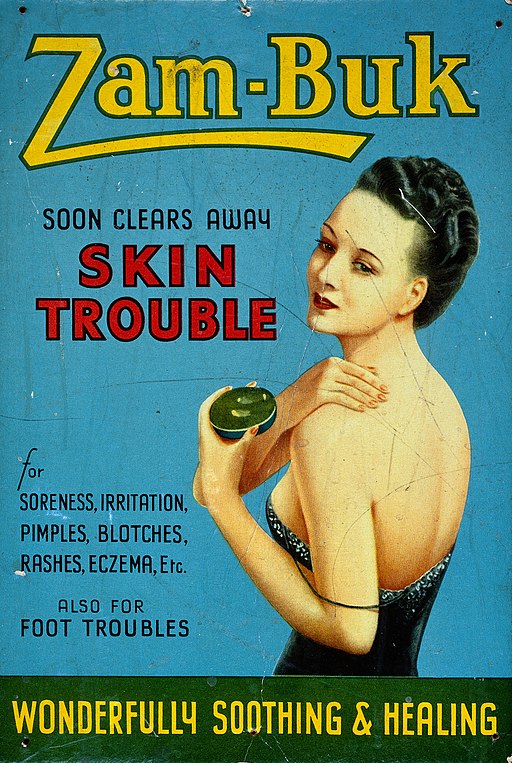Zam-Buk is a revered herbal ointment that has been a staple in South African households for over a century. Known for its vibrant green color and versatile healing properties, this inexpensive remedy is gaining popularity worldwide.
The Secret Behind Zam-Buk
First patented in 1902 by Charles Edward Fulford in Leeds, England, Zam-Buk quickly became a go-to herbal balm and antiseptic ointment. It's now known for treating a wide array of ailments, including:
- Cuts and Bruises
- Dry and Rough Skin
- Sprains
- Stomach Ulcers
- Hemorrhoids
- Colds and Coughs
- Toothaches
- Muscle Pain and Stiffness
How Zam-Buk Can Benefit You
Zam-Buk’s unique formula provides relief for various conditions, making it a must-have in any medicine cabinet. Here are some of its primary uses:
- Itching and Pain Relief: Eases discomfort from insect bites, rashes, and minor injuries.
- Skin Care: Treats rough elbows, chapped lips, and cracked heels.
- Wound Healing: Promotes faster healing of cuts, burns, and abrasions.
- Respiratory Relief: Helps alleviate symptoms of asthma, COPD, and sore throats.
- Fungal Infections: Effective against toenail fungus and plantar warts.
Powerful Ingredients
Zam-Buk’s effectiveness lies in its potent natural ingredients:
- Eucalyptus Oil (5.03 g): Known for its antiseptic properties, it treats insect bites, burns, cuts, and relieves muscle pain.
- Thyme Oil (0.50 g): Used for scars, skin marks, acne, and coughs due to its antibacterial and antiseptic qualities.
- Sassafras Oil (0.62 g): Traditionally used for gastrointestinal issues, colds, and skin eruptions.
- Camphor (1.66 g): A terpene used to relieve pain, reduce itching, and treat fungal infections.
Potential Side Effects
While Zam-Buk is generally safe, some users may experience side effects. These can include:
- Vomiting
- Allergic reactions
- Increased heart rate
- Slowed breathing
- Nausea and diarrhea
- Increased perspiration and urination
Sassafras Oil Caution
Sassafras oil, though effective in small amounts, can cause toxicity if overused. Symptoms include abdominal pain, dizziness, hallucinations, low blood pressure, and potential liver damage. Pregnant women should avoid sassafras oil due to the risk of miscarriage.
Medication Interactions
Zam-Buk may interact with certain medications such as:
- Aspirin
- Diabetes medication
- Ibuprofen
- Omeprazole
- Amitriptyline
- Diclofenac
- Lovastatin
Consult your physician before using Zam-Buk if you are on any of these medications.
Where to Buy Authentic Zam-Buk
Zam-Buk can be purchased online from retailers like Amazon and eBay. Be cautious, as different versions are available, including authentic South African Zam-Buk, a Thai version, and a UK version. The authentic South African product is distinguished by its unique smell and color.
Share Your Experience
Have you tried Zam-Buk? Share your feedback and read testimonials from other users on Earth Clinic below! Discover why this herbal ointment has been a trusted remedy for over 100 years.



